#ss rivers
Text

kidnapping saga but theyre ancients this time (closeups under cut)


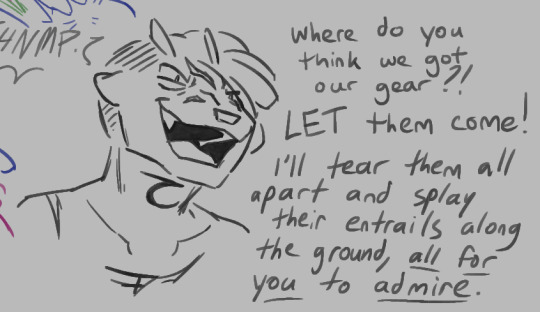





#rain world oc#druid draw#ss phrases#ss dune#ss rivers#ss whimsy#species swap au#kidnapping#cw kidnapping#ask to tag#these guys cant catch a break sorry#violence
105 notes
·
View notes
Text

bro would rather be ANYWHERE else
#DENIAL IS A RIVER IN EGYPT#YOUR HUSBAND IS GAY#anti ss#anti sasusaku#anti sasuke retsuden#sasuke#sasuke uchiha#uchiha sasuke#pro narusasu#my stuff#anti-sasusaku
2K notes
·
View notes
Text
i see a lot of people on here or on twt say things like "alysmond shippers gonna look saurr stupid that woman played ur man!" listen to me. in every scenario, aemond loves her. if alys leads him to his death, he is still kissing the hands that kill him! he still chooses her! he would die gladly! he would let her do this! he would do anything for her! sorry to you all but we're having a blast either way
#alysmond#aemond x alys#aemond targaryen#alys rivers#house of the dragon#sorry seeing ss of my tweets about them blasted on random heleamond accs is so stupid to me like how am i bothering u#sick of u miserable people! i'm sorry alys rivers is real! i'm sorry he loves her what do u want from me!
118 notes
·
View notes
Text
impulseSV made the advancement [Washed Up]
#decked out 2#fake decked out advancements#hermitcraft#enpr-ss#the berries washed down the rivers and then commander drool ate him#rip#impulse
24 notes
·
View notes
Text


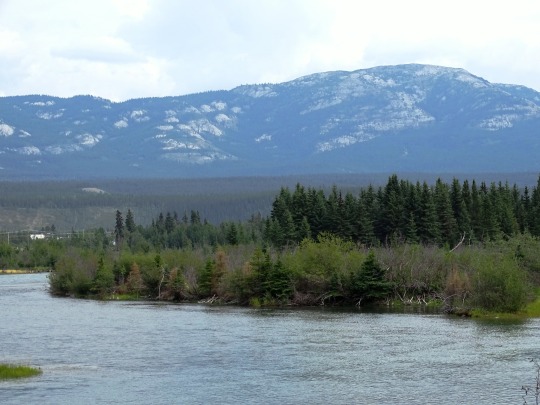

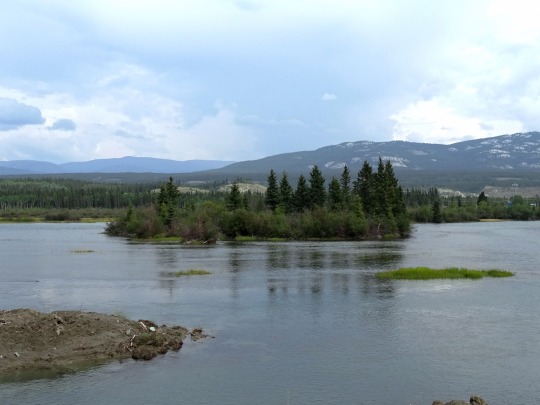

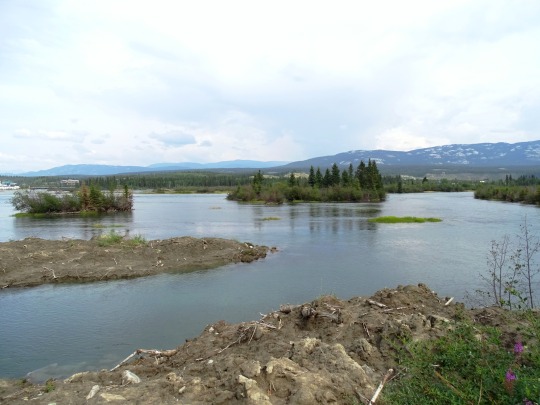
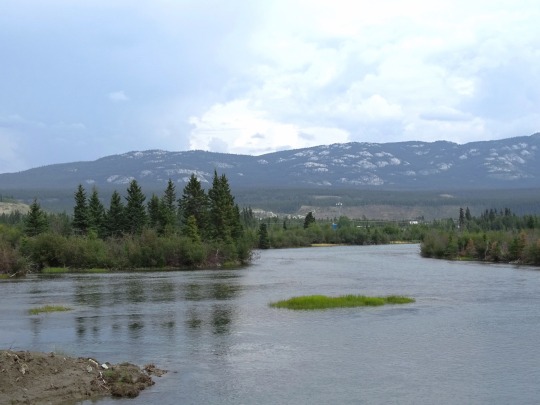
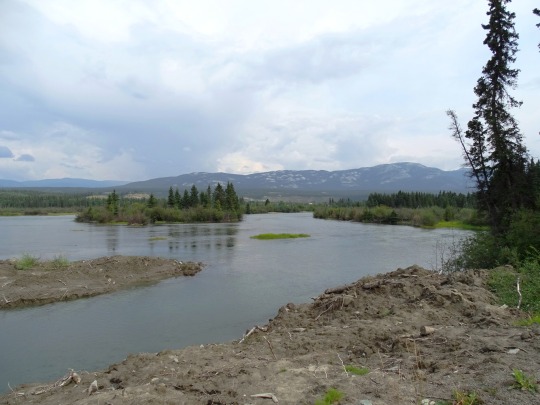
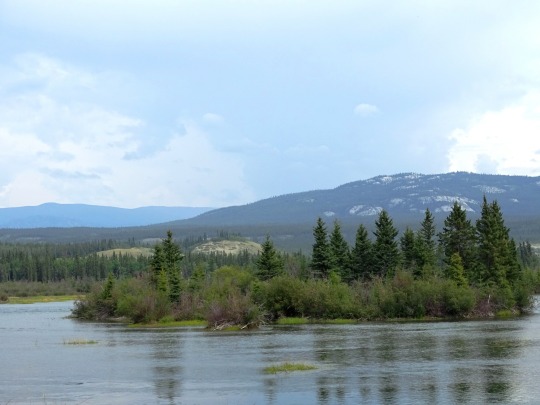
Yukon River, Whitehorse (No. 1)
The Yukon River is a major watercourse of northwestern North America. From its source in British Columbia, Canada, it flows through Canada's territory of Yukon (itself named after the river). The lower half of the river continues westward through the U.S. state of Alaska. The river is 3,190 kilometres (1,980 mi) long and empties into the Bering Sea at the Yukon–Kuskokwim Delta. The average flow is 6,400–7,000 m3/s (230,000–250,000 cu ft/s). The total drainage area is 833,000 km2 (321,500 sq mi), of which 323,800 km2 (125,000 sq mi) lies in Canada. The total area is more than 25% larger than Texas or Alberta.
The longest river in Alaska and Yukon, it was one of the principal means of transportation during the 1896–1903 Klondike Gold Rush. A portion of the river in Yukon—"The Thirty Mile" section, from Lake Laberge to the Teslin River—is a national heritage river and a unit of Klondike Gold Rush International Historical Park. Paddle-wheel riverboats continued to ply the river until the 1950s, when the Klondike Highway was completed. After the purchase of Alaska by the United States in 1867, the Alaska Commercial Company acquired the assets of the Russian-American Company and constructed several posts at various locations on the Yukon River.
The Yukon River has a recent history of pollution from military installations, dumps, wastewater, and other sources. However, the Environmental Protection Agency does not list the Yukon River among its impaired watersheds, and water-quality data from the U.S. Geological Survey shows relatively good levels of turbidity, metals, and dissolved oxygen. The Yukon and Mackenzie rivers have much higher suspended sediment concentrations than the great Siberian Arctic rivers.
The Yukon River Inter-Tribal Watershed Council, a cooperative effort of 70 First Nations and tribes in Alaska and Canada, has the goal of making the river and its tributaries safe to drink from again by supplementing and scrutinizing government data.
Source: Wikipedia
#Whitehorse#Yukon#travel#original photography#vacation#tourist attraction#landmark#cityscape#landscape#Yukon River#summer 2023#woods#forest#flora#nature#mountains#the North#fireweed#widlflower#river bank#Canada#architecture#SS Klondike#clouds
8 notes
·
View notes
Photo

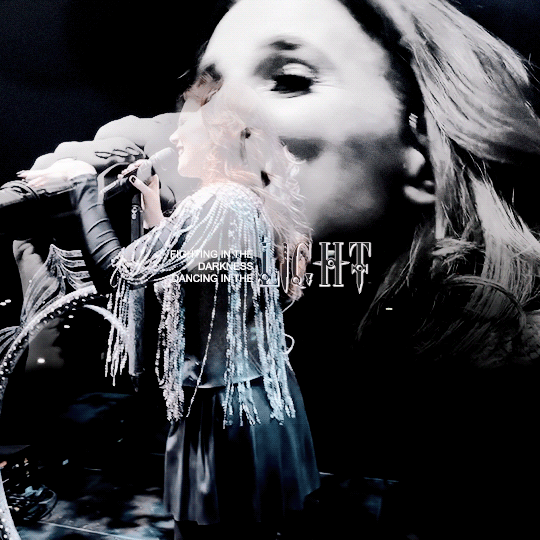
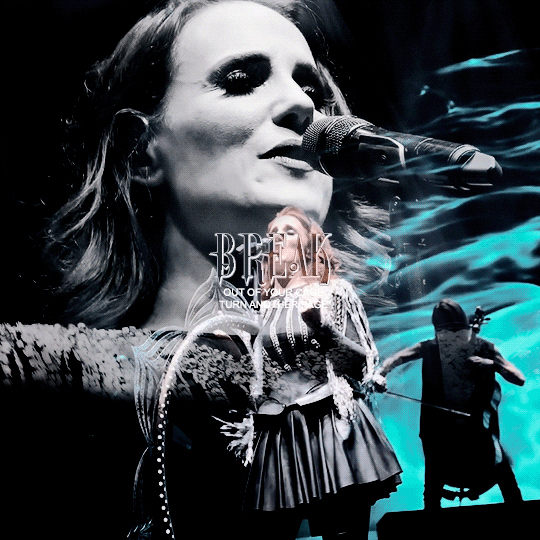
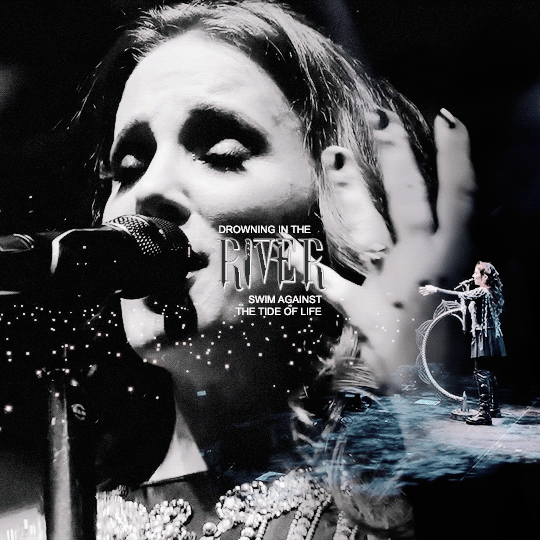
✤ RIVERS ✤
Epica feat. Apocalyptica, live at the AFAS LIVE in Amsterdam 2023
#Simone Simons#Epica#Rivers#SS gifs#DoD gifs#metal ladies#metal bands#metal music#Symphonic Metal#apocalyptica
68 notes
·
View notes
Text


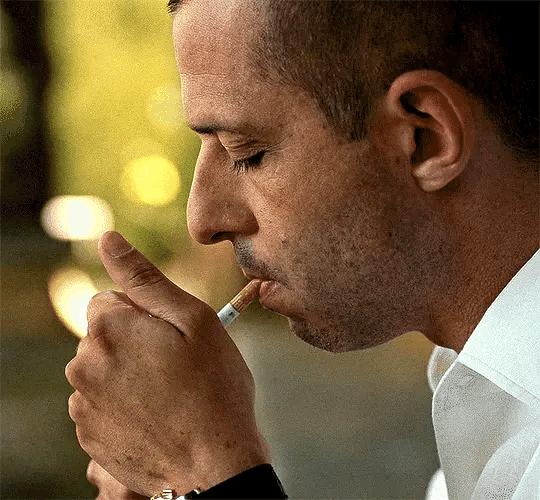
#FUCK#I’m willing to bet kendall doesn’t make it#success#succession season 4#kendall roy#logan roy#greg hirsch#tomgreg#shiv roy#SS from river ily
64 notes
·
View notes
Text
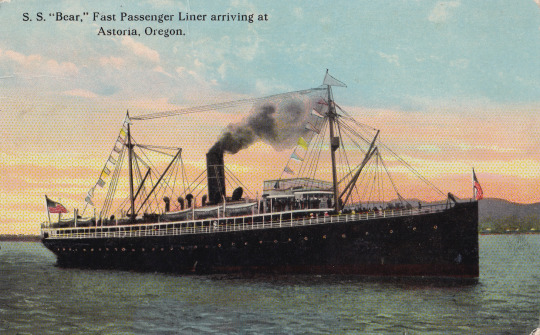
pacific coast liner s.s. bear
postcard ca. 1910s
4 notes
·
View notes
Photo
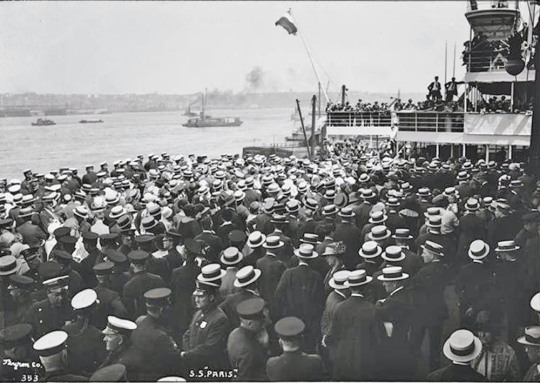
French Line, S.S. Paris, Pier 57 N.R. Exterior, July 23, 1924.
Photo: Arthur Vitols for the Byron Company via MCNY
#New York#NYC#vintage New York#1920s#Arthur Vitols#SS Paris#ships#ocean liners#French Line#July 23#Hudson River
88 notes
·
View notes
Text
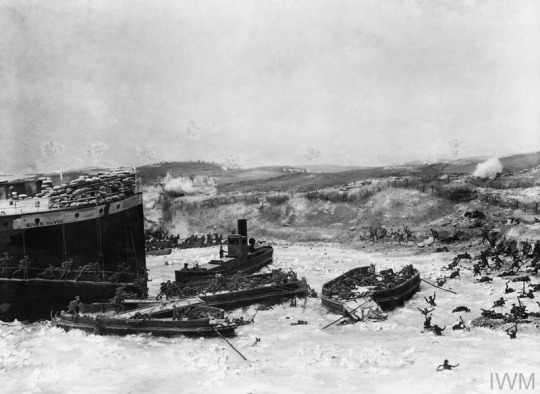
Diorama of troops landing from the SS RIVER CLYDE at 'V' Beach, Cape Helles, Gallipoli, 25 April 1915.
4 notes
·
View notes
Text
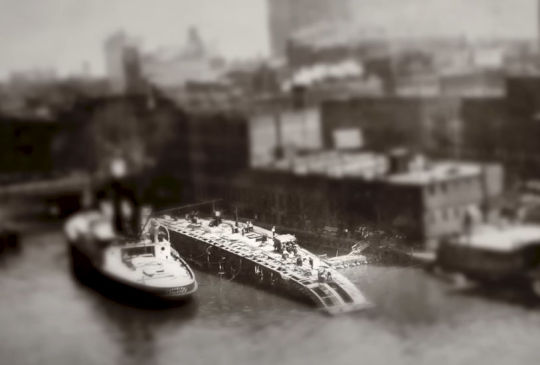
3 years after the Titanic, another ship, the SS Eastland, sank killing even more people, most were young women and children. Where did it sink? The Chicago river. While still tied to the dock. Why have you never heard of this? That's a good question.
youtube
The video above was made by Caitlin Doughty and her team on the Ask a Mortician YouTube channel along with bunches of experts, historians, etc., and shows both how and why the ship sank, who the victims were, and why both they and the entire incident has been almost completely forgotten by history.
Spoiler Alert: It's because the victims were poor, working class families. As apposed to the rich and famous victims of the smaller tragedy of the Titanic.
And I do mean families. It was a company outing. Entire families died while sitting feet away from dry land.
I had never heard this story before, and I'm glad I was able to learn about both it, and the efforts people in the Chicago area are taking to get it back into the history books. BUT…
For some reason, this over 40 minute long historical documentary, got a strike from YouTube against its community standards and is no longer being suggested to anyone on the platform. Because it's not educational???
Caitlin Doughty and her team are a fantastic resource for all things related to the death industry (funerals, mortuary, bodies, and the like) and have been in the business of educating people on YT for over 10 years. Now after putting out one of the most complete looks at a tragedy that has been mostly forgotten, in a video that handles the issues with both in-depth research and full respect for the victims and their living descendants, YT has decided it's not up to "their standards". (As you can see from the preview above). :/
Not only is that a slap in the face to this team of people that worked for months to do this forgotten piece of history and it's forgotten victims justice, it also takes away the ability for others to learn about it and help keep the memories of those lost alive.
You can learn more about YT's decision in the video below. And if you've not heard of this disaster before you need to see the video on the Eastland. It's an impressive piece of media, and an incredibly sad story. But one that despite YT's feelings, deserves to be told.
youtube
#youtube#history#history tumblr#ss eastland#ship sinking#accidents and disasters#historical#forgotten history#nautical history#death#ask a mortician#caitlin doughty#the good death#working class#eat the rich#historians#chicago#illinois#chicago river#tragedy#censorship#us history#community guidelines#learning#teaching#titanic#important information#lost history
36 notes
·
View notes
Note
ugly baby rivers is gonna be in my brain forever
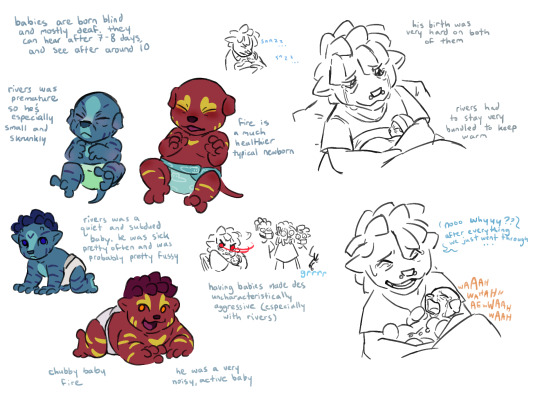
its not his fault..... newborns are just ugly
(i did some rambling in the tags if u wanna look at it lol)
#species swap au#ss descent#ss rivers#ss fire#theyre so weird. puppies. i think ancients used to have....... litters. i guess. of two to three babies#but they began to evolve to have less#and now its like. twins are pretty common but more often than not you have one#lots of people are opposed to having kids at all because its viewed as cruel to introduce someone to a cycle where they are so aware of-#-their entrapment#i dont think either pregnancy was intentional but fire was probably more welcome#they didnt know she was pregnant with rivers until shed already been for a couple months- and then he was born.... probably like 7 or 8-#-weeks early#fire wasnt on purpose either but they knew earlier and didnt have any complications#they were probably recommended not to go through with fires pregnancy since rivers birth was so hard on her and he was so sick#but i think now that shed had a kid and come to like the idea shed probably be happy to have another baby#i think they have fire mmmmmmmmmm three years after rivers (this is the same gap as me and my sibling. easy to remember)#takes your ask as an excuse to babypost#druid draw
104 notes
·
View notes
Text
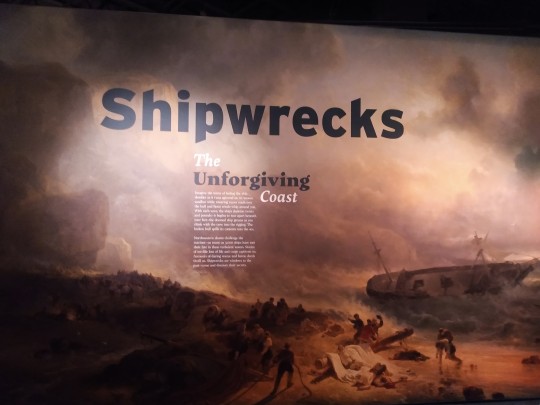
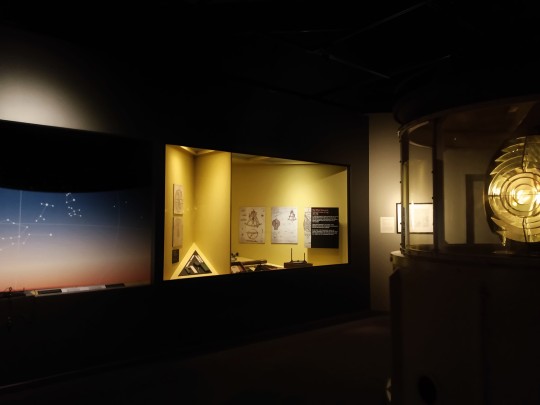

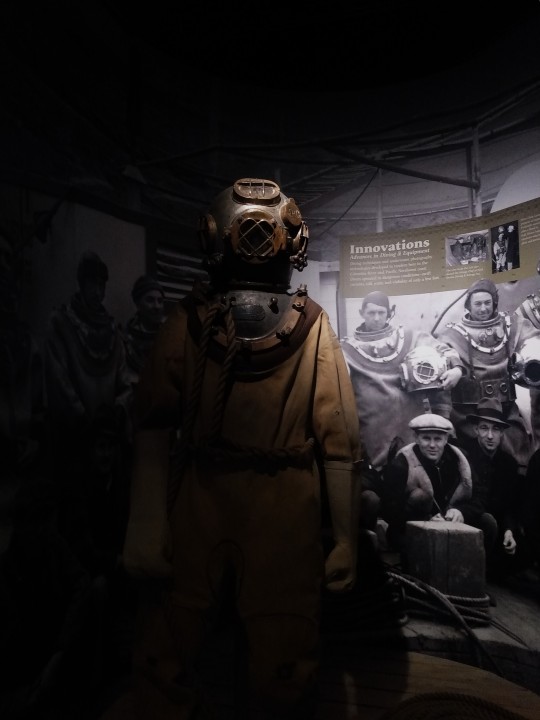

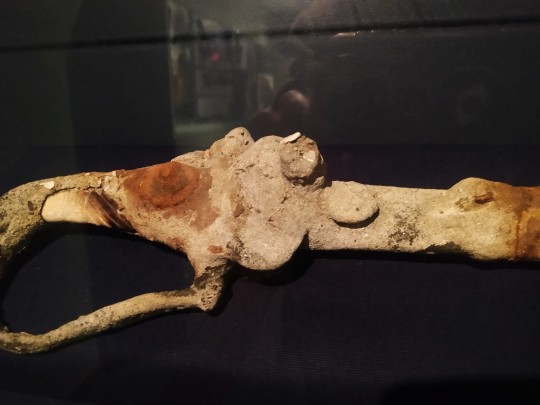
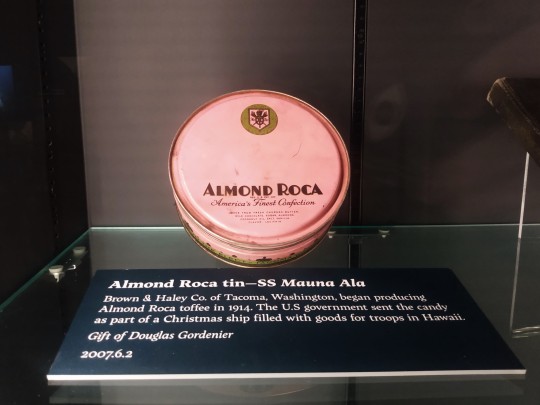
Shipwreck exhibit at the Maritime Museum in Astoria, Oregon. My favorite wreck is the SS Mauna Alma, which set out for Hawaii to delivery Christmas goods to the troops stationed at Pearl Harbor four days before it was attacked by Japanese forces. They were rerouted to the Columbia River, where they promptly ran aground. Nobody died, and open salvage was declared on the 60,000 Christmas trees, 10,000 turkeys, 3,000 chickens, and unknown amount of Almond Roca.
#the sword was pretty cool too though#ss mauna alma#shipwrecks#maritime museum#food#christmas#candy#astoria oregon#the columbia river#museums#lighthousecore#swords
2 notes
·
View notes
Text

February 9, 1942: The French ocean liner Normandie, docked beside pier 88 in Manhattan, NYC, catches fire while being converted into the troopship USS Lafayette. A pile of highly flammable kapok life preservers were improperly stored near a working acetylene torch in the ship's grand salon, and a stray spark caused a blaze quickly got out of control. The ship's onboard telephone system had been disabled days prior along with most of the ship's advanced fire suppression system, and the sprinkler system was improperly activated at all of its control stations simultaneously, dropping the water pressure within it to useless levels. It took twelve minutes for the NY Fire Department to respond to the emergency, by which time the fire had been fanned by a strong wind to become an inferno sweeping through the Normandie's upper decks, and 2,000 Navy men and civilians working aboard were streaming out of the ship through a limited number of entry points, preventing firefighters from getting aboard the vessel. When they finally could get aboard, they found their hoses incompatible with the firefighting inlets on the French ship, meaning they could only fight the fire from outside the ship.
For several hours firetrucks on land shot water on the Normandie's starboard landside while fireboats poured water onto the Normandie's seaward port side, but the fireboats poured significantly more water into the giant ship than the trucks did, causing an imbalance of water in the ship's upper decks and a dangerous list to port. The Normandie's designer Vladimir Yourkevitch was in NYC, and when he heard his ship was on fire he rushed to the site and begged to be let aboard so he could open the . "I designed the ship!" he said, "I can find my way through it with my eyes closed! I'll open the sea-cocks [valves], the ship's belly will fill with water, the ship will sink six inches and settle on the bottom, and it will be safe!" The Navy administrators at the conversion site were unmoved. "This is a Navy job," they said brusquely.
By evening the fire had been brought under control, but the ship was listing about thirty degrees to its seaward side. Thinking the Normandie no longer in danger, the Navy and Fire Department abandoned the ship for the night, not realizing only the ship's mooring ropes were keeping it from capsizing. In the night the ropes snapped, and the ship rolled over onto its side, wallowing in the mud at the bottom of the river. There the ship lay for eighteen months, no one sure what to do with the wreck.
In August 1943 it was decided to raise the ship and convert it into an aircraft carrier. The superstructure was cut away and then the hull was pumped free of water, and it slowly emerged from the river and returned to an even keel. But it was found the fire had damaged the hull too severely and the ship's machinery had deteriorated too much for the ship to be of further use. The hulk sat idly until the end of the war, when it was decided to scrap it after both the US Navy and the French Line expressed no interest in salvaging the ship. The remains of the Normandie were scrapped in Newark, New Jersey in 1946.
Photo taken by Harry Warnecke for the New York Daily News. It is unclear if this photo is a real color photo or a digital colorization. I found this photo on a Facebook group dedicated to the Normandie claiming the color photo is real. This photo has been published before only in black-and-white, and Getty Images features the photo in B&W, but Getty's version of the photo is slightly cropped on the right edge compared to the color photo (look closely and you'll see the space between the second funnel and the right edge of the photo is wider in the color image), meaning Getty's version of the photo is not necessarily from the original negatives, but could be an early reproduction. Interestingly, Harry Warnecke actually owned a color film studio and took color press photos of celebrities for the NY Daily News during this time period, so it's indeed possible that this is a genuine color photo. If anyone can provide any information one way or the other, I would be quite grateful.
#ocean liners#ocean liner#SS Normandie#Normandie#Harry Warnecke#NY Daily News#photography#1940s#WWII#WW2#historical#vintage#NYC#New York City#Hudson River#early color photography#early color film#French Line
5 notes
·
View notes
Text
GeminiTay made the advancement [Washed Up]
#fake decked out advancements#decked out 2#hermitcraft#enpr-ss#when the berries you pluck get carried away by the river away ... aka they got 'washed up' heh#this happened to her so many times lol#gem
22 notes
·
View notes
Text

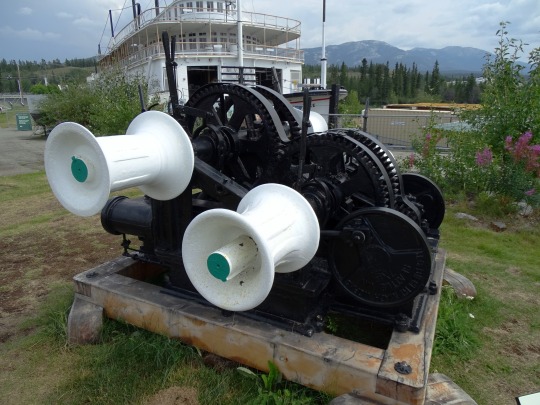
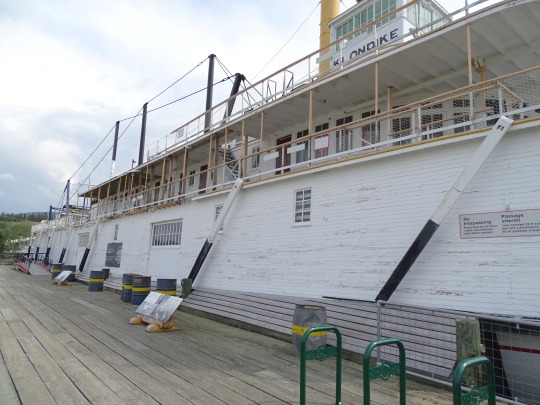
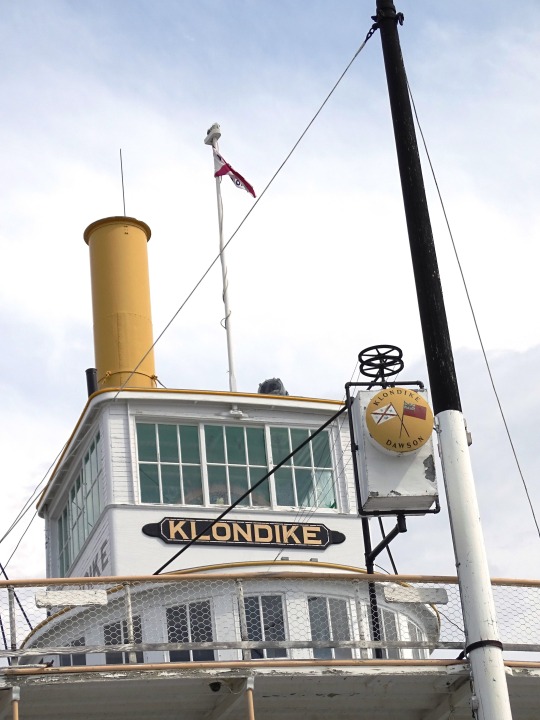
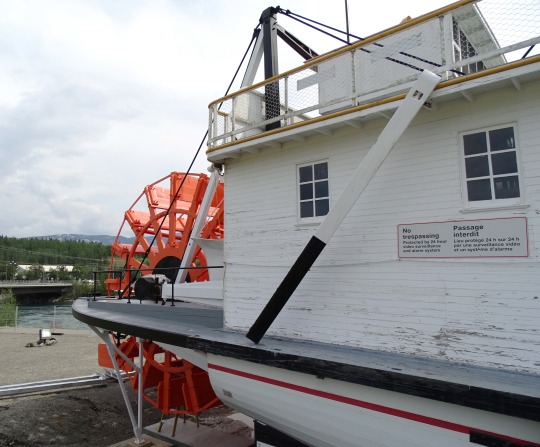

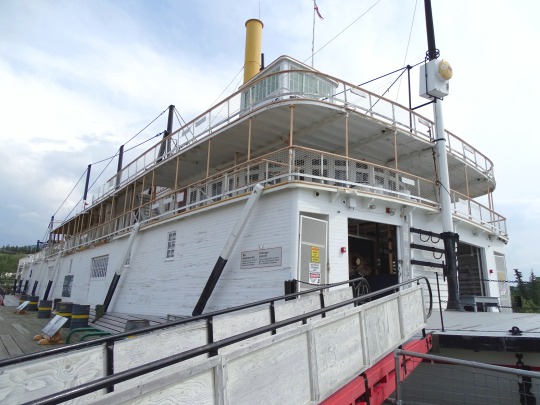

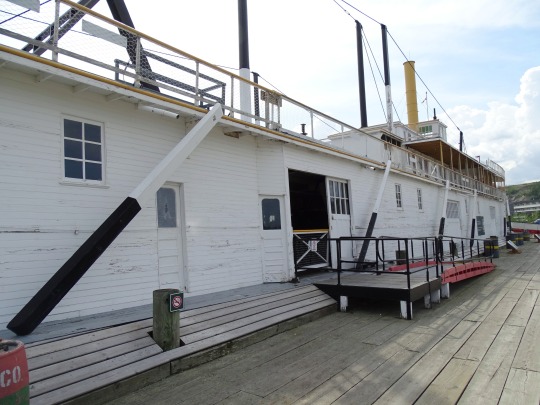
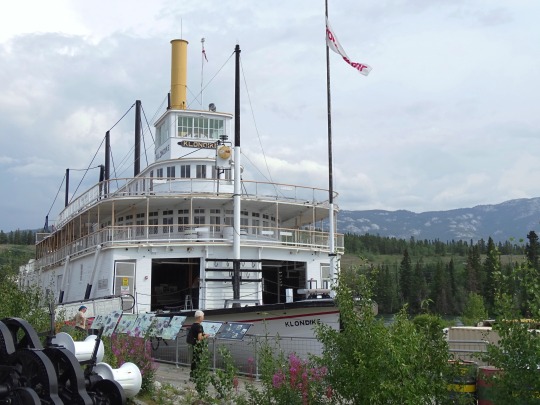
S.S. Klondike National Historic Site, Whitehorse (No. 1)
SS Klondike is the name of two sternwheelers, the second now a National Historic Site located in Whitehorse, Yukon. They ran freight between Whitehorse and Dawson City, along the Yukon River, the first from 1929 to 1936 and the second, an almost exact replica of the first, from 1937 to 1950.
Klondike I was built by the British Yukon Navigation Company (a subsidiary of the White Pass and Yukon Route railway company) in 1929 and had the distinction of having 50% more capacity than a regular sternwheeler, while still having the shallow draft and meeting the size requirements in order to travel down the Yukon River. Klondike I had a cargo capacity of 270 metric tonnes without having to push a barge.
In June 1936, Klondike I ran aground north of The Thirty Mile section of the Yukon River (at 61°40′17″N 134°52′22″W). The company salvaged the ship's boiler, engines, and many fittings to build Klondike II the following year. The remains of the hull of the Klondike I can still be seen at low water by canoeists on the Yukon River.
Source: Wikipedia
#S.S. Klondike National Historic Site#sternwheeler#travel#original photography#vacation#tourist attraction#landmark#cityscape#architecture#engineering#steam boat#Klondike II#the North#Yukon River#Yukon#Whitehorse#summer 2023#Canada#exterior#Parks Canada#Stern paddlewheel#SS Klondike National Historic Site of Canada#mountains#forest#woods#clouds
2 notes
·
View notes